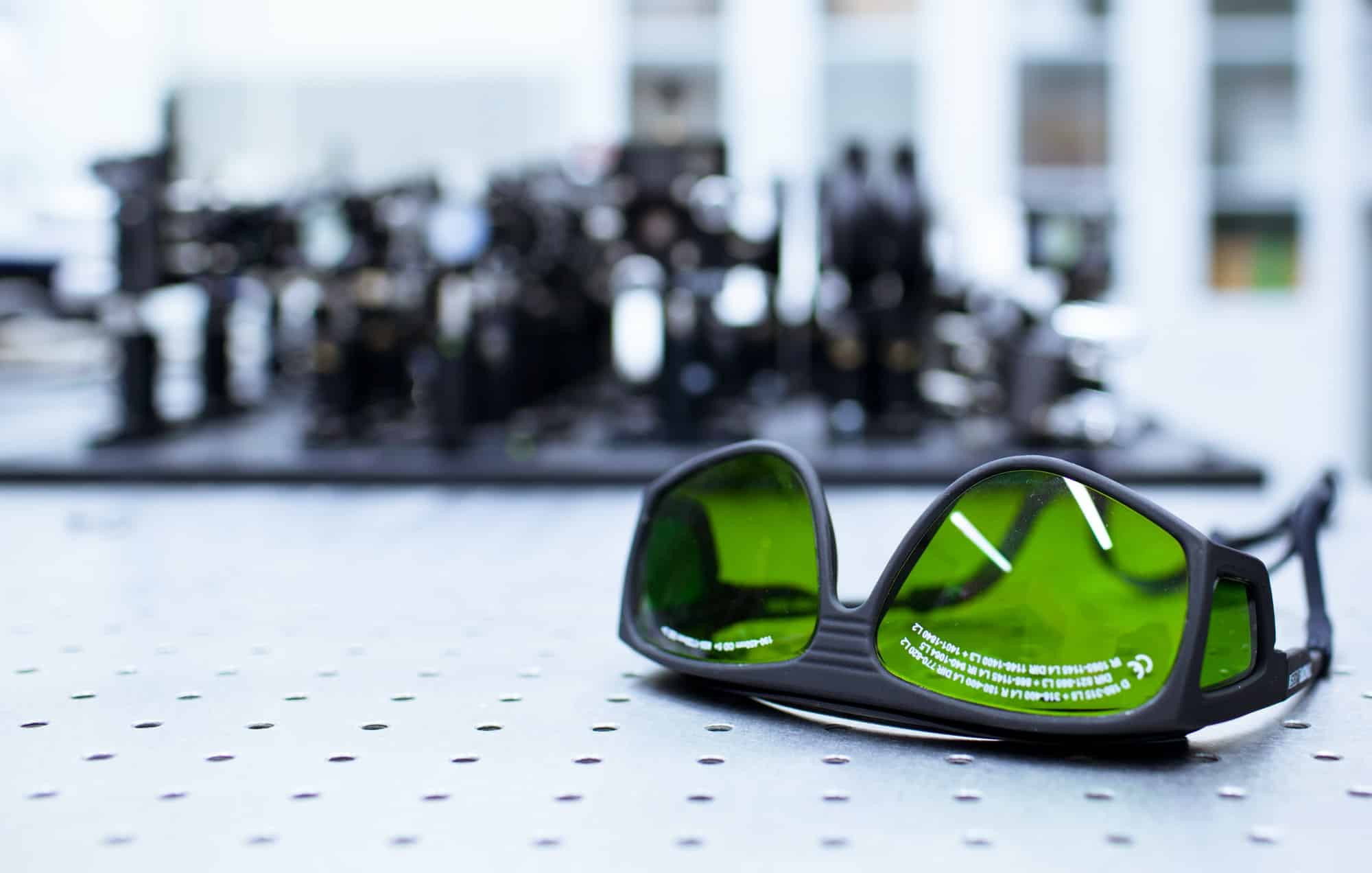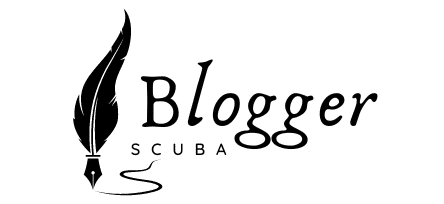How Are Quantum Sensors Being Used in Advanced Medical Diagnostics?

In the rapidly evolving world of medical diagnostics, a new technological marvel is making waves. Quantum sensors, the latest innovation in the field of quantum physics, are transforming the realm of advanced medical diagnostics. These devices leverage the principles of quantum mechanics to measure physical quantities with unprecedented precision. From detecting minute biomolecular changes inside cells to enabling ultra-sensitive imaging techniques, the application of quantum sensors in advanced medical diagnostics is reshaping the healthcare landscape.
Quantum Sensors: A Revolution in Precision Diagnostics
Quantum sensors are built upon the principles of quantum physics, a branch of science that explains the behaviors of particles at the atomic and subatomic level. These sensors use the peculiar properties of quantum particles to measure physical parameters such as temperature, pressure, magnetic fields, and more with remarkable sensitivity and accuracy.
Lire également : What are the latest advances in non-invasive surgery techniques?
The introduction of quantum sensors into the field of medical diagnostics has led to the development of non-invasive and highly precise diagnostic techniques. They are capable of detecting even the slightest changes in the human body, allowing for early detection and treatment of various diseases. Let’s delve deeper into how these highly sensitive devices are shaping advanced medical diagnostics.
Quantum Magnetic Resonance Imaging (MRI)
Magnetic Resonance Imaging, commonly referred to as MRI, is a diagnostic technique that uses strong magnetic fields and radio waves to generate detailed images of structures within the body. Quantum sensors are revolutionizing this technology by enhancing its sensitivity and resolution.
Sujet a lire : How do sensory gardens benefit individuals with autism?
Quantum-enabled MRI systems use quantum sensors to measure the magnetic fields produced by nuclei in the body. These sensors offer an unprecedented level of sensitivity, enabling the detection of weak magnetic fields that are often overlooked by conventional MRI machines.
This enhanced sensitivity allows for the production of higher resolution images, providing a detailed view of structures that are difficult to visualize with traditional MRI technology. The use of quantum sensors in MRI also reduces the time taken to acquire images, making the procedure more comfortable for patients and more efficient for healthcare providers.
Quantum Sensors in Cancer Detection
Early detection is critical in the successful treatment of cancer. Quantum sensors are making significant strides in this area by enabling the detection of cancerous cells at the earliest stages.
Quantum dots, a type of quantum sensor, are used to tag cancer cells in the body. These nano-sized particles emit light of different colors when exposed to light, allowing doctors to easily identify and track cancer cells. This process, known as fluorescence imaging, is far more sensitive than traditional imaging techniques and can detect cancerous cells even before they form a visible tumor.
Moreover, quantum sensors are also being used to detect changes in the DNA methylation patterns – a key indicator of cancer. The ability to detect these changes at an early stage could revolutionize the approach to cancer diagnostics and therapy.
Quantum Sensors in Neurological Diagnostics
The human brain, being the most complex organ, has always been a challenging subject for medical diagnostic procedures. Quantum sensors are playing a significant role in simplifying these challenges.
SQUIDs (Superconducting Quantum Interference Devices), a type of quantum sensor, are used in magnetoencephalography (MEG). MEG is a non-invasive technique used to measure the magnetic fields generated by neuronal activity in the brain. Quantum sensors offer superior sensitivity and spatial resolution in MEG, allowing for a more precise understanding of brain function and diagnostics of neurological disorders.
Additionally, quantum sensors are being used to improve the sensitivity of electroencephalography (EEG), a technique that records electrical activity in the brain. With the help of quantum sensors, doctors can detect subtle changes in the brain’s electrical activity that may indicate the presence of neurological conditions like epilepsy or Alzheimer’s disease.
Quantum Sensors in Cardiac Diagnostics
Heart diseases are among the leading causes of mortality worldwide. Quantum sensors are contributing to the advancement of cardiac diagnostics by providing more accurate and precise measurements.
For instance, magnetocardiography (MCG), a technique used to measure the magnetic field generated by the heart’s electrical activity, is gaining precision with quantum sensors. This allows doctors to detect and diagnose heart conditions with greater accuracy.
Moreover, advancements in quantum sensors are leading to the development of portable MCG devices. These devices can be used for home monitoring, making cardiac diagnostics more accessible to patients.
The power of quantum sensors in transforming medical diagnostics cannot be overstated. These devices, which leverage the peculiarities of quantum physics, are enabling greater precision and sensitivity in disease detection and treatment. From cancer and neurological disorders to cardiac conditions, quantum sensors are paving the way for a new era in advanced medical diagnostics.
Quantum Sensors: A Foray into Ophthalmology and Glaucoma Detection
Quantum sensors are now being utilized in the field of ophthalmology, specifically in glaucoma detection. Glaucoma, a leading cause of irreversible blindness, is characterized by a progressive loss of vision due to damage to the optic nerve. Detection and diagnosis of this disease are critical, as early intervention can slow down its progression and preserve vision.
Quantum sensors, with their extraordinary sensitivity, are being used to develop a new imaging technique known as quantum optical coherence tomography (QOCT). Traditional optical coherence tomography (OCT) uses a light source to create detailed images of the retina, helping doctors diagnose glaucoma and monitor its progression. However, the sensitivity and resolution of traditional OCT are limited by the inherent noise of the light source.
Quantum-enabled OCT, however, uses quantum entanglement – a phenomenon where particles become interconnected and the state of one particle instantly affects the state of the other, regardless of the distance between them. By using pairs of entangled photons, QOCT can reduce noise and significantly enhance imaging sensitivity and resolution.
In quantum-enhanced OCT, the quantum sensor measures the interference of the entangled photons that have interacted with the eye. This allows the sensor to generate high-resolution, three-dimensional images of the retina, which can reveal minute structural changes that are often the early signs of glaucoma. By enabling early detection of these changes, quantum sensors can contribute to the timely diagnosis and treatment of glaucoma, potentially saving millions from the threat of vision loss.
Quantum Sensors: A Look into the Future
As the understanding and application of quantum mechanics continue to evolve, so too will the role of quantum sensors in advanced medical diagnostics. Researchers are constantly exploring new ways to harness the unique properties of quantum particles, leading to the development of more sophisticated quantum sensors and imaging techniques.
One future direction is the use of quantum dots for targeted drug delivery. These nanoscale particles could be designed to attach to certain types of cells, including cancer cells, and deliver drugs specifically to those cells. This would not only enhance the effectiveness of the treatment but also reduce side effects by limiting the exposure of healthy cells to the drug.
Similarly, the application of quantum computing in processing the vast amount of data generated by quantum sensors could lead to the development of more effective diagnostic algorithms. These quantum algorithms could potentially identify patterns and correlations that are currently beyond the reach of classical computing, leading to more accurate diagnoses and better patient outcomes.
Moreover, the development of portable quantum sensors could revolutionize home healthcare. These devices, combined with telemedicine technologies, could enable remote monitoring of patients’ health conditions, making healthcare more accessible and personalized.
Despite the challenges associated with the practical implementation of quantum technologies, promising strides are being made. As quantum sensors become more prevalent in medical diagnostics, they promise to usher in a new era of enhanced imaging, early detection, and personalized treatment, all in the pursuit of better health outcomes for all.
The world of medical diagnostics is at the brink of an exciting transformation, with quantum sensing playing a pivotal role. As we continue to unravel the mysteries of the quantum world and apply these learnings to healthcare, we are bound to see more groundbreaking advancements in the way we understand and treat diseases. Quantum sensors, with their extraordinary sensitivity and precision, will continue to push the boundaries of what’s possible in medical diagnostics, opening up new frontiers in our quest for health and wellbeing.
